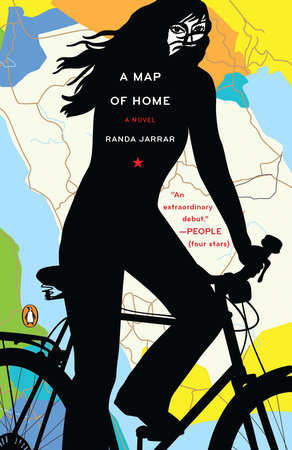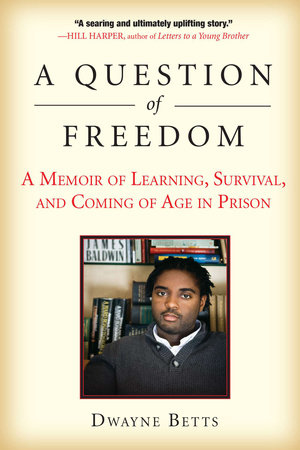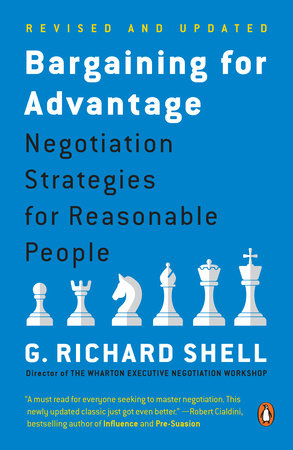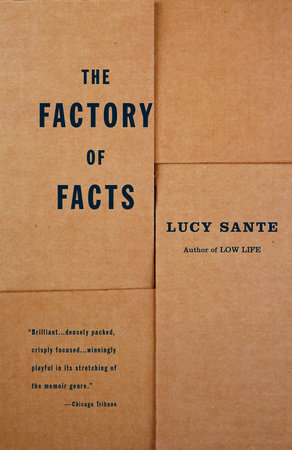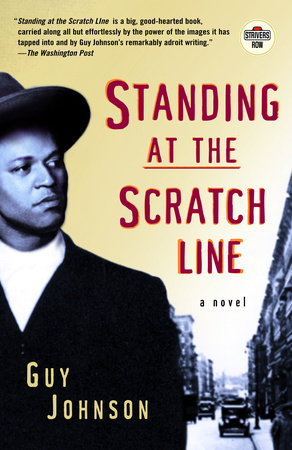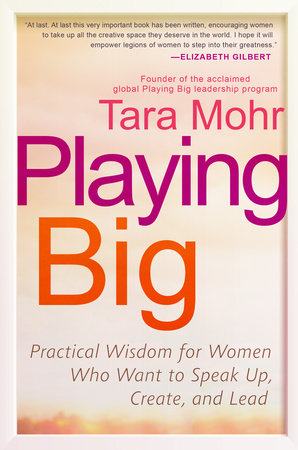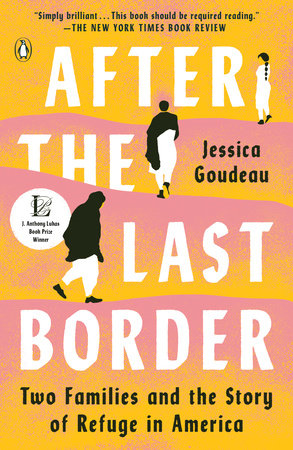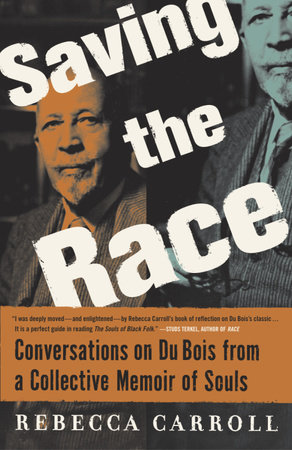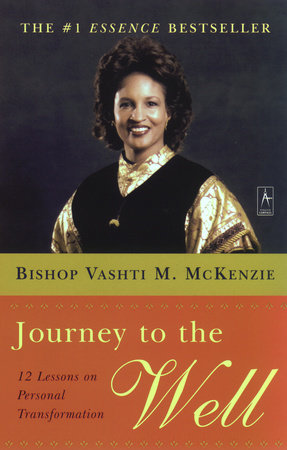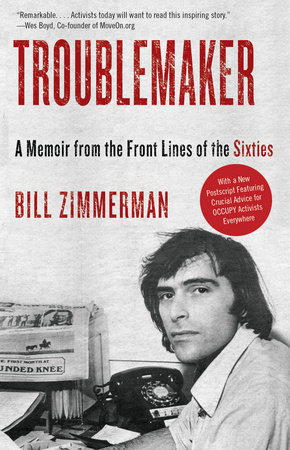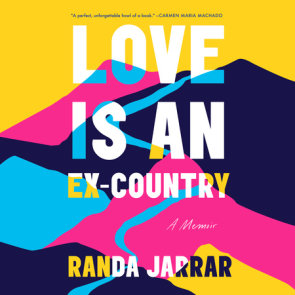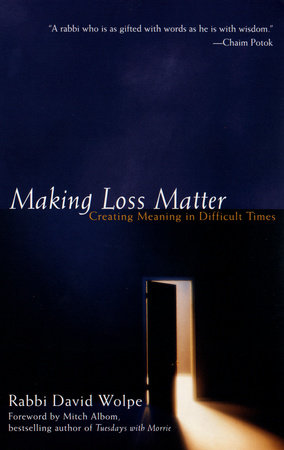Author Q&A
You have an interesting life story, why choose to write fiction versus a memoir?
I prefer reading fiction. I wanted to read a book about a life similar to mine, but not precisely. Much of the geographical and historical information in A Map of Home follows my own life, but it is highly fictionalized. I found that the more I fictionalized my life story, the more fun I had, and the more fun I was sure the reader would have.
When I first moved to the U.S., I was a teenager and I would wander into souvenir shops looking for my name on mugs, key chains, etc. I never found it! Writing this novel was sort of like my revenge against all the times I felt alienated both in the Middle East and in the U.S. In the Middle East, I was a product of a mixed background, and here, I was the daughter of immigrants. I spent years looking for a book about a secular, artistic family like my own, but couldn’t find any. Writing my book was a bit like finding a mug with my name on it, but on a grander scale.
You have visited and lived in a few countries in the Middle East. Often times, non-Arabs see the region as monolithic. Can you discuss something from each country that makes it unique?
The Lebanese, the Egyptians, the Moroccans, the Gulf-states, the Iraqis: each has a unique culture and heritage, and a completely different dialect of Arabic, and each thinks that they are the best kind of Arab; that they possess the finest poets; that theirs are the best-looking women. The only thing Middle Eastern countries have in common is their high self-esteem, their quasi-dictatorships, and their love of music, food, and life.
You moved to the US at a young age, what did you first see/experience that was completely foreign to you?
I first moved to New York (unlike Nidali). The first thing I saw that truly shocked me was a payphone at my high school. I grew up in a fairly strict British school system, so the idea that a young person could have enough agency to speak to whomever she chooses, be that person near or far, fascinated me.
New York was the place my parents chose for me. Texas was the place I chose for myself. I moved there at the age of twenty, with a 2-year-old baby, a BA in writing, and an acceptance to the University of Texas at Austin’s Center for Middle Eastern Studies. I found the prevalent Latino culture familiar and comforting. The hill country reminded me of Palestine/Israel; the food reminded me of Egypt; the people reminded me of everywhere since the university attracts people from all over the world. As a self-professed nerd, I also loved the academic setting. It became the place, the home, I chose for myself.
What inspires you? Who inspires you?
I love teaching. My students’ epiphanies and rants inspire me. And I am addicted to travel. I love going to bookstores and art galleries, and listening to live music. I often work out a writing scene while dancing, reading, viewing art or film. My favorite artists include Joy Williams, Nina Simone, Umm Kulthoum, Fairouz, Woody Allen, Marcel Duchamp, and many, many others. I have been inspired by different writers during different stages of my life. My favorites include Borges, Hemingway, Sherman Alexie, Eudora Welty, Poe, Oscar Wilde, and Kafka, whose drawings I have tattooed on my wrists.
Many novels today by and about Arab women focus on the oppression and discrimination they face. The main character in A Map of Home, Nidali, is an outspoken, independent-minded young girl. Was this a conscious effort?
Absolutely! I am disappointed and bored with the focus on abused Arab and Muslim women. Most Arab women I know are business owners, artists, musicians, academics, and fabulous mothers. I think it’s time they got the respect and charismatic celebration they deserve.
Did you discover anything new about yourself or your family in the process of writing this book?
I had hoped I was funny before I wrote and published A Map of Home, but when the reaction from readers came back, I was finally sure that I am. My extended family has reacted very kindly and generously towards the book, which surprised me, and my father has “disowned” me (again!), which does not. My exploration of sexuality and my use of “strong language” turned him off, as well as a couple of reviewers, but I would never do it any differently. Nidali’s maturation process and her deep honesty necessitate such content.
There is a lot of movement in your novel. Nidali is constantly uprooted to a new town, either in the hopes of a permanent home, temporarily for refuge or simply to visit family. You have had a similar experience growing up. How do you feel this has shaped your notion of place? Of home?
Before, home was an oppressive construct; a place I felt I would never attain. Now, my notion of place is related to my own body and my chosen family. That is: I feel at home when swimming, dancing, or spending time with my child, my husband, and my close friends.
What would you like readers to come away with after having read your book?
Above all: a sense of recognition. One of my hopes as I was writing the book was for its audience to be universal. I also want readers to have an “Aha” moment, where Arabs and Arab-Americans become more humanized, more particular.
Do you see the Arab-American arts community evolving and expanding in America? If so, what have you witnessed? What has impressed you?
The Arab American community I belong to is one full of artists, writers, academics, filmmakers, musicians, scholars, poets, and young activists. I have been impressed with the general sense of inspiration, action, and community we all share. I also enjoy the fellowship of so many other writers of all backgrounds, ethnicities, genders, and sexual orientations. In the end, the creative process is one that encompasses each one of us- all we have to do is allow it to.
